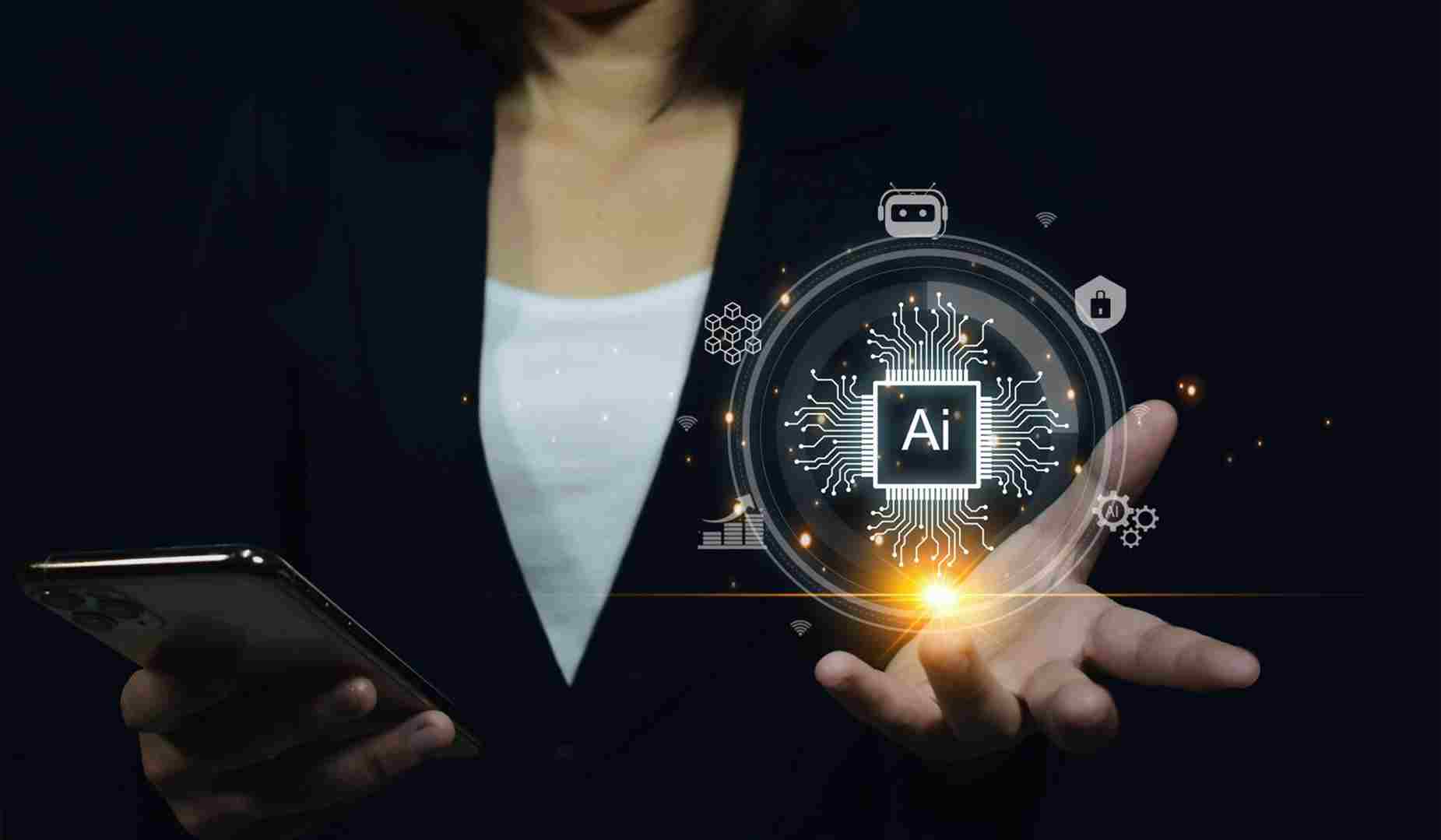
Crafting Digital Experiences: The Role of Web Design Services in Tech Innovations
The advancing world of technology has made web design services an essential force, in shaping users’ digital experiences. It sheds light on the trends and innovations that contribute to enhanced user engagement and polished interface aesthetics within the tech ecosystem.
Web design, which was primarily seen as a medium has now evolved into a strategic discipline that greatly influences how users interact with technology. At its core, this article seeks to highlight the multifaceted impact of web design on the changing landscape.
Web design through its emphasis on User Experience (UX) and User Interface (UI) design emerges as an element, in creating platforms that not only meet but also surpass these evolving expectations.
The Crucial Role of Web Design Services
Let’s break down and explain the key elements of this statement:
1. Shaping User Experiences
Web design services are at the forefront of creating intuitive and visually appealing interfaces that facilitate seamless user experiences. The way information is presented, the ease of navigation, and the overall aesthetics significantly impact how users interact with digital platforms.
Through thoughtful design, web design services contribute to making technology more accessible and user-friendly.

2. Navigating the Tech Landscape
In a world where technology is omnipresent, the role of web design services extends beyond mere aesthetics. It involves understanding the intricacies of the tech landscape and tailoring designs to meet the specific needs of different industries.
From e-commerce platforms to educational websites, effective web design adapts to diverse technological environments, ensuring a harmonious integration of form and function.
Latest Trends in Web Design
Here’s a more detailed elaboration on the latest trends in web design:
1. Responsive Design for Multidevice Accessibility
As users engage with digital content across various devices, responsive design has become a cornerstone of modern web design.
Ensuring that websites adapt seamlessly to different screen sizes and resolutions enhances accessibility, providing a consistent and enjoyable user experience whether on a desktop, tablet, or smartphone.
2. User-Centric Design and Personalization
The shift towards user-centric design involves tailoring web experiences based on individual user preferences and behaviors. Through data-driven insights, web design services can create personalized interfaces that anticipate user needs, fostering a deeper connection between the user and the technology.
Personalization not only enhances user satisfaction but also contributes to increased user engagement and retention.
3. Minimalist and Functional Aesthetics
In the pursuit of simplicity and functionality, minimalist design has gained prominence in web design trends. Stripping away unnecessary elements, minimalist aesthetics focus on clarity and ease of use.
This not only aligns with contemporary design preferences but also improves website loading times, positively impacting user experience.
4. Integration of Micro interactions
Micro interactions, subtle animations, or feedback responses to user actions, are becoming integral to web design. From a subtle hover effect to a notification animation, these micro-interactions contribute to a more engaging and interactive user experience.
As technology advances, web design services leverage these small but impactful details to enhance user satisfaction.
Innovations Driving User Engagement
It refers to the various novel approaches, technologies, and strategies that play a crucial role in capturing and maintaining the interest and participation of users when interacting with digital platforms, products, or services. Let’s break down and explain the key components of this phrase:
1. Artificial Intelligence (AI) and Chatbots
The integration of AI and chatbots into web design has revolutionized user engagement. AI-powered chatbots provide real-time assistance, personalized recommendations, and instant responses to user queries.
This not only enhances user satisfaction but also streamlines communication, making websites more efficient and user-friendly.

2. Augmented Reality (AR) and Virtual Reality (VR)
Web design services are exploring the possibilities of incorporating AR and VR elements into digital experiences.
From virtual try-on features in e-commerce to immersive storytelling on websites, AR and VR technologies add an extra layer of interactivity, providing users with a more engaging and memorable experience.
3. Voice User Interface (VUI)
The rise of voice-activated devices has given birth to voice user interfaces. Web design services are adapting to this trend by optimizing websites for voice search and commands.
By integrating VUI, websites become more accessible, catering to users who prefer hands-free interactions, particularly on mobile devices and smart speakers.
Crafting Tomorrow’s Digital Landscape
Let’s break down and explain the significance of this specific
1. Embracing Accessibility and Inclusivity
An inclusive digital landscape is at the forefront of web design innovations. Designing with accessibility in mind ensures that websites are usable by individuals with diverse abilities and disabilities.
This not only broadens the reach of technology but also aligns with ethical design principles, fostering a more inclusive and diverse online environment.
2. Sustainability in Web Design
As environmental consciousness grows, web design services are incorporating sustainability into their practices. From optimizing website performance to using eco-friendly hosting solutions, the focus is on reducing the environmental impact of digital platforms.
Sustainable web design not only aligns with corporate responsibility but also resonates with environmentally conscious users.
3. Continuous Evolution and Adaptation
The tech landscape is dynamic, and web design services must continually evolve to meet emerging challenges and opportunities.
Staying abreast of technological advancements, industry trends, and user preferences allows web designers to adapt their strategies, ensuring that digital experiences remain relevant and compelling in an ever-changing environment.

Conclusion
Web design services play a pivotal role in shaping the digital experiences of technology users. From creating visually stunning interfaces to integrating cutting-edge technologies, the art and science of web design are in constant evolution.
As we look to the future, the synergy between creativity and technological innovation will continue to define the digital landscape, with web design services at the forefront of crafting immersive and user-centric digital experiences.


